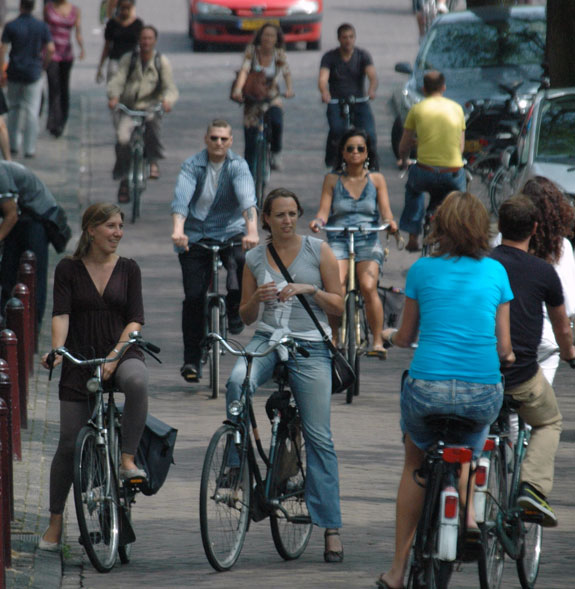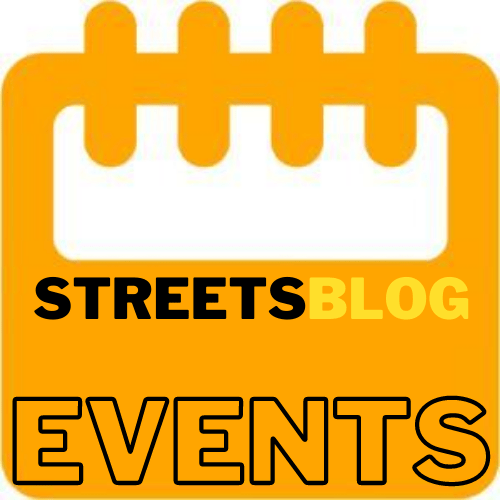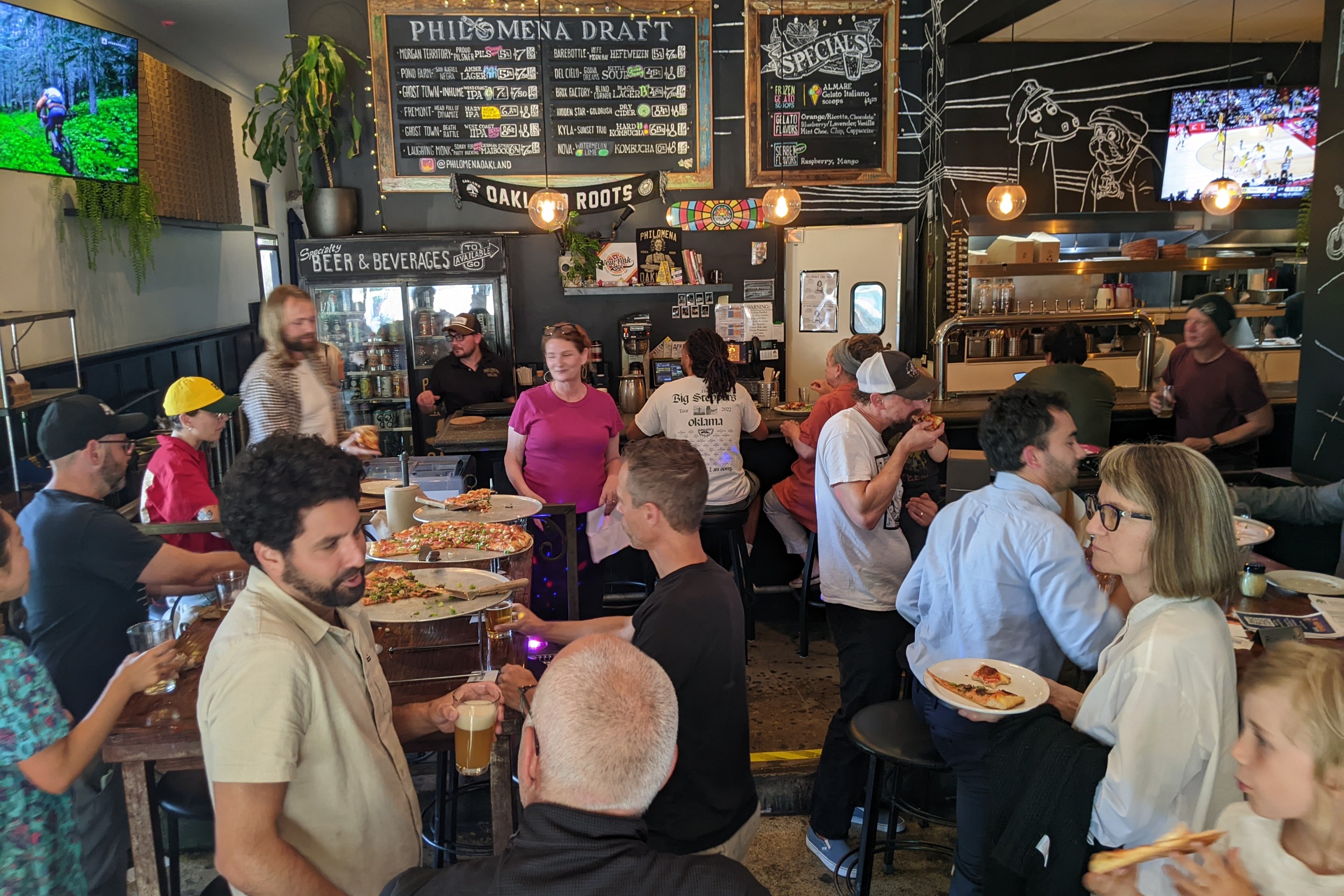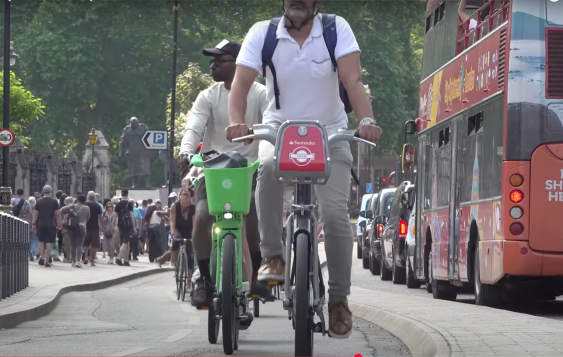The Bay Area is still a long way from having cycling rates comparable to the Netherlands (that's Amsterdam pictured in the lead image), but the pandemic has grown local interest in biking enough that there is now a "shortage of bikes and bike parts," remarked SPUR's Nick Josefowitz, during a talk Tuesday evening with Bay Area transportation leaders about how to get everyone walking and biking more.
In fact, so many people are dusting off old bikes and wanting to ride that "my bike-shop friends are pulling their hair out, wondering 'how can so many people have rusty old bikes!'" said Bike East Bay's Ginger Jui, who was part of the panel.
So it's happening. But the question is: are we witnessing a fundamental change in how people get around or is this something that will disappear when the pandemic is over? And what policies can be adopted to capitalize on this increased demand for cycling?
Ryan Russo, head of Oakland DOT, said the pandemic emergency has shown the problem of getting more people to cycle and walk is simpler than people make it out to be. "'Slow Streets' really shows the potential of getting people of all ages and abilities biking and walking," he added, noting the only 'infrastructure' required were some signs. "We did not close 74 miles of street in Oakland. All we did is restricted through traffic."
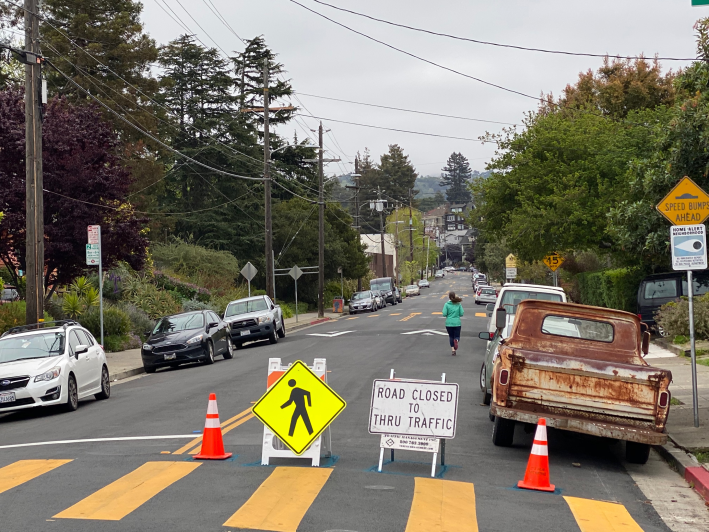
This also has transportation officials and advocates wondering if they haven't focused too much energy on mode share for commutes as a rubric for success. "Historically we build a system for people’s commutes, but the majority of trips are not work commutes," said consultant Corinne Winter about bike developments in Silicon Valley. With so many workers now working from home, bikes are becoming more of a focus for running nearby errands. "Some people need to go to multiple locations for their jobs and, particularly for women, there's the sweat factor. And then there’s the distance," she said of the push to get people to take more trips by bike. "Parks, schools, grocery stores might be a lot closer."
Additionally, said the panel, people who don't have enough money to afford housing near the city center are increasingly forced out into far-flung suburbs, where biking to work is not possible because of the distance. Therefore if the region wants to increase bicycle use, it's essential to plan communities where errands are practical by bike. "Land use is the most important thing of all," said Russo.
Okay, but since these far-flung communities aren't going to change overnight, what can be done now? A key might be adjusting incentives, said the panelists. Josefowitz pointed out that the state has a push to get some 5 million electric cars on the road. But "...in Lithuania they launched an e-bike-for-clunkers program," said Darwin Moosavi of the California State Transportation Agency. "Folks that had cars that couldn't pass air-quality standards could turn them in for free e-bikes."

Realistic expectations can really help shape advocacy efforts, explained Jui, adding that events such as "bike to work day" leave too many people out. "It’s not realistic to expect everybody to bike to work," Jui said, adding that in far-flung suburbs, many people can't even do a "...bike to the park day. But we can do a 'bike in the park day," to bring biking into the culture and to build community support.
That gets people started. Jui remembered how much people started biking again in 1982, after ET showed kids and an alien biking across the moon. "Bikes come out of the garage when the economy is bad, when people are stuck inside, when gas prices are high, and when a movie comes out that makes it seem fun."
Russo added that on even shorter trips, you have to calm traffic, add trees, and focus on making walking safer and more inviting on shopping streets. That, he said, is why Oakland added "essential places" to its "slow streets" program to make it safer for people to walk across streets near shopping. "It's meat and potatoes planning around commercial districts and BART stations." Unfortunately, too many of the country's suburbs are designed around car-oriented shopping centers. "If you want to find where pedestrians are hit in America, look around Walmart and Costco." And that means streets and land use has to be reoriented to make walking and biking safer.
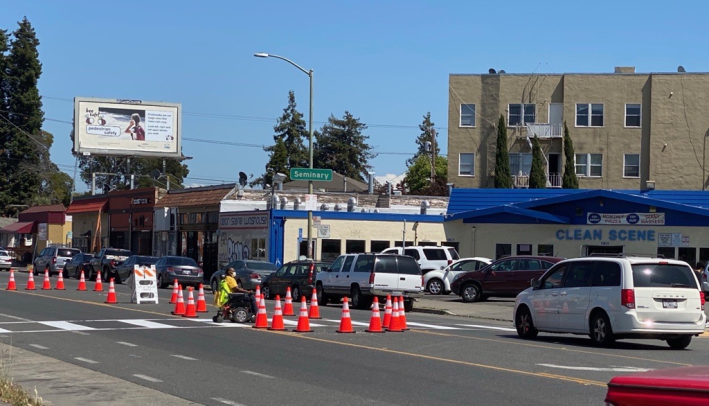
In the end, "We have to make this a land-use discussion," said Darwin. "We have to think about proximity to amenities and goods."
For more events like these, visit SPUR’s events page.
